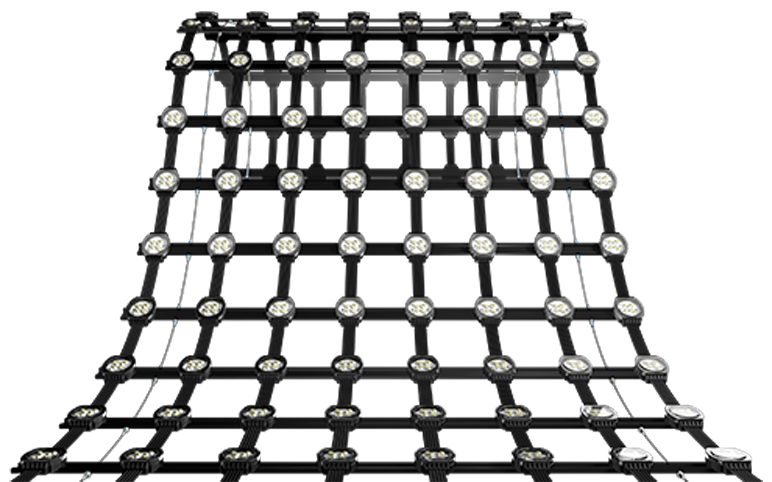Today's LED display has become a new fashion in outdoor media advertising. At present, the full-color LED large screen is the most widely used, most economical and most attractive outdoor advertising tool among outdoor billboards. The emergence of large LED screens will replace traditional inkjet billboards, neon billboards, bus stop lightbox billboards, three-sided flip billboards, banner billboards, etc.; It's believed that in the near future, a new wave of advertising boom will surely occur.
Indoor LED display mainly includes P6, P5, P4, P3, P2.5 full color LED screen. The main difference between these types is that the dot pitch of the LED display is different, for example, the P2.5 type of LED display means that the distance between our two pixels is 2.5MM, and so on, the same is true for other models, so the LED display with different dot pitches, each of our square meters The pixel points are also different, so the definition of our LED display is also different. Generally, the dot density is relatively small, and the number of unit pixels is more, and the definition will naturally be higher.
The first element to purchase an LED display is the installation environment. Whether our smart LED screen is installed in the hall or in the conference room, or installed on the stage, whether to choose a fixed installation or mobile installation, etc. are all factors that need to be considered.

What is the nearest viewing distance? It is that we people generally stand at a distance of a few meters away from the screen like our P2.5 LED display, the best viewing distance is 2.5M, and so on, as the name implies, the number behind P is the best viewing distance of this model, so when choosing an indoor LED display model, the approximate viewing distance must be estimated, which will help us choose the right model.
The size of the screen is also a factor that we should consider when we buy LED displays. Generally, if the indoor LED display does not exceed 20 square meters, we generally recommend using it. Bracket form, on the contrary, we recommend using a simple box. In addition, if the screening interview is relatively large, the area of the screen can usually be used to make up for the shortcomings of our close viewing, but this method is best used when there is no other way.